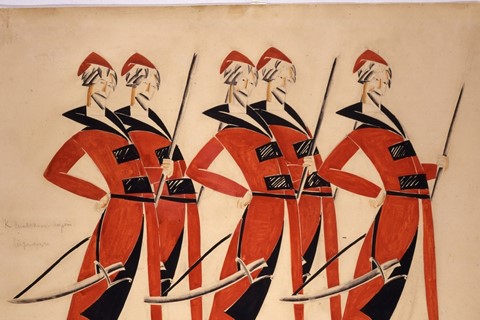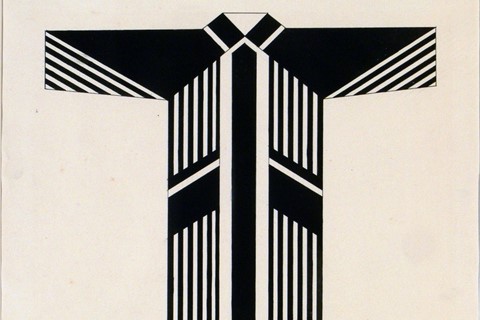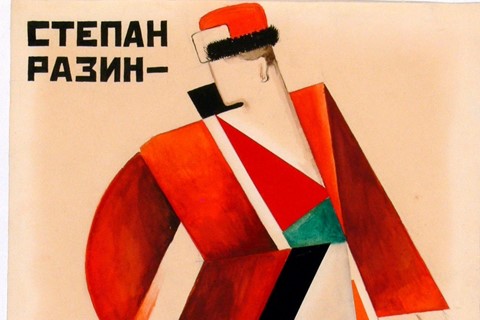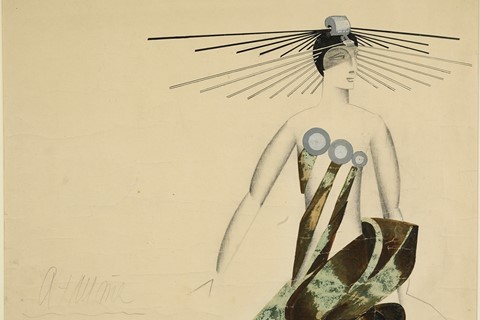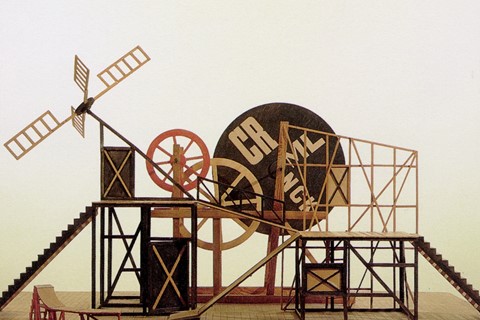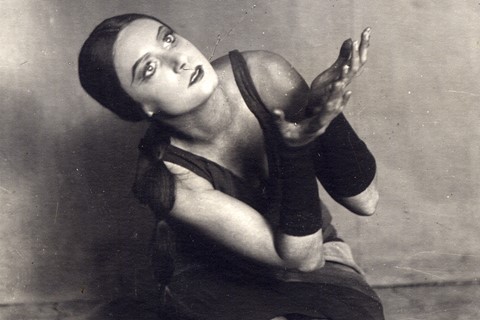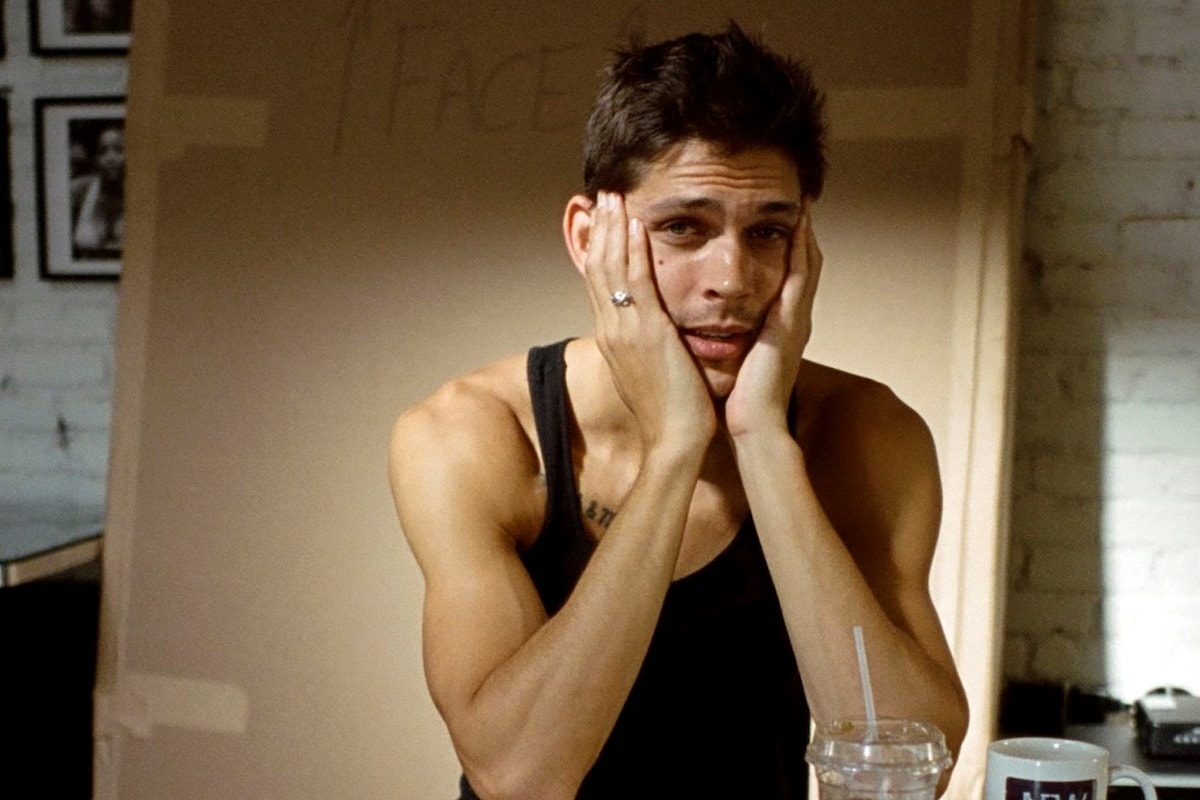Two new shows shed fascinating light on the pioneering innovations of Russia's avant-garde theatre productions between 1913 and 1933
Who? From 1913 to 1933, Russia was shaken by revolution and the onset of the First World War, tumult that proved the catalyst for a profound transformation in the country's artistic, literary and musical traditions. New types of theatrical productions evolved that called for innovative design solutions, resulting in the exciting symbiosis of artists, directors and performers whose visually delighting output came to define the period. Now two shows, at the V&A and GRAD gallery shed fascinating light on the era and the fruits of its theatrical labour.
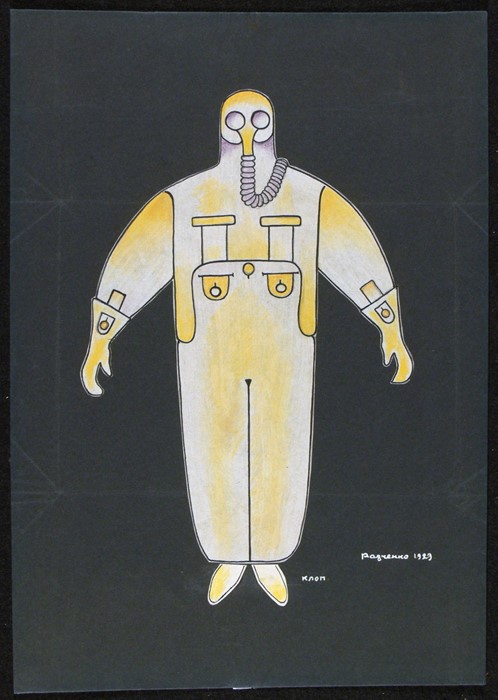
What? The V&A show comprises over 150 radical and enthralling designs for theatre productions by iconic figures of the Russian avant-garde, including Kazimir Malevich and Alexander Rodchenko. Malevich's designs for the backdrops of 1913 Futurist opera Victory Over the Sun pre-empt the artist's renowned non-representational painting Black Square, a key Suprematist work; while Rodchenko's costumes for satirical play The Bedbug (1929) are in turn brilliantly futuristic, boasting spacious silhouettes and bizarre breathing equipment.
"The shows explore the exciting symbiosis of artists, directors and performers whose visually delighting output came to define the period"
Other highlights include an intriguing maquette set model by another Constructivist Liubov Popova – for 1922's The Magnanimous Cuckold – that is composed of a mechanical mill, wheels and conveyor belts by way of representing director Vsevolod Meyerhold's acting theory of biomechanics (favouring gesture over psychological interpretation); as well as Alexandra Exter's costume and set designs for Aelita (1924), one of the first ever sci-fi films. These whimsical visions of an alien world went on to influence the aesthetic of Flash Gordon and Fritz Lang’s Metropolis.

The GRAD gallery display – set to open in December – will instead focus in on a single production: The Bolt, a ballet written in 1931 by Dmitri Shostakovich as part of a number of musical experiments the prominent composer conducted in the early 30s. Peppered with witty and grotesque costume designs by Tatiana Bruni, defined by wonderful geometric colour blocking, as well as enchantingly energetic photographs of the cast rehearsing, the exhibition will take visitors on a dizzying trip back in time to post-revolutionary Russia and its eccentric innovations, spearheading the values of constructivism. Interestingly, although commissioned by the the Moscow Art Theatre to pioneer socialist and communist goals, and seen by its composer as a celebration of the proletariat, the ballet was banned by Soviet authorities after its premiere amid suspicions it was satirical. It was only revisited 74 years later, when it was reconstructed for the Bolshoi Ballet.
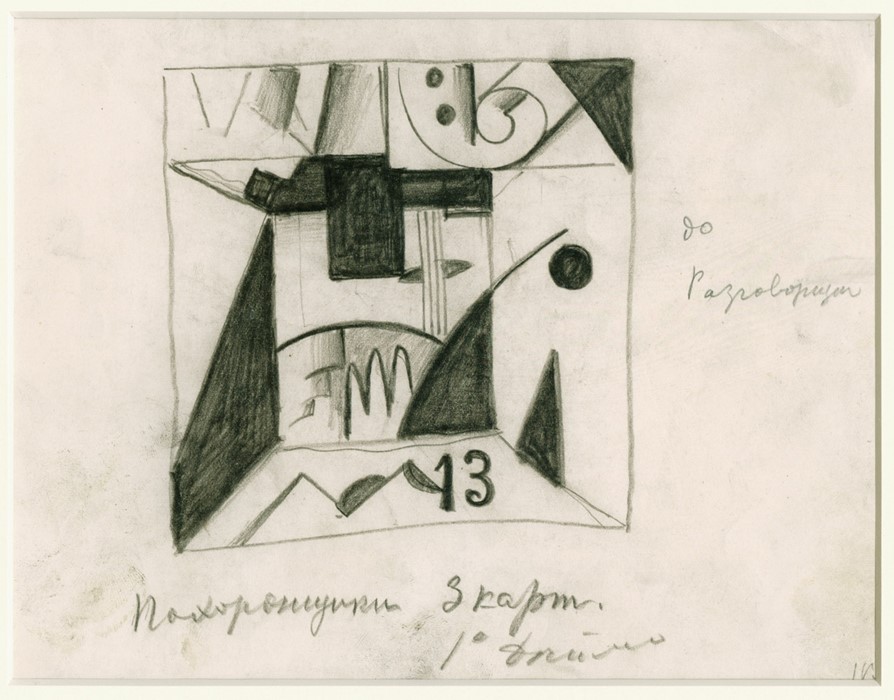
Why? 2014 has seen an exciting influx of Russian culture, past and present, to London thanks to the Russia Visualised programme – a year-long presentation of visual arts across the city to celebrate the UK-Russia Year of Culture 2014. But the theatrical period that these two shows centre on feels particularly revolutionary; the groundbreaking innovations conceived for the stage going on to influence and change the face of Russia's artistic landscape at large.
Russian Avant-Garde Theatre: War, Revolution and Design, 1913-1933 is at the V&A until January 25 2015. Bolt will open at GRAD: Gallery for Russian Arts and Design on December 6 and will run until February 28 2015.
Words by Daisy Woodward

